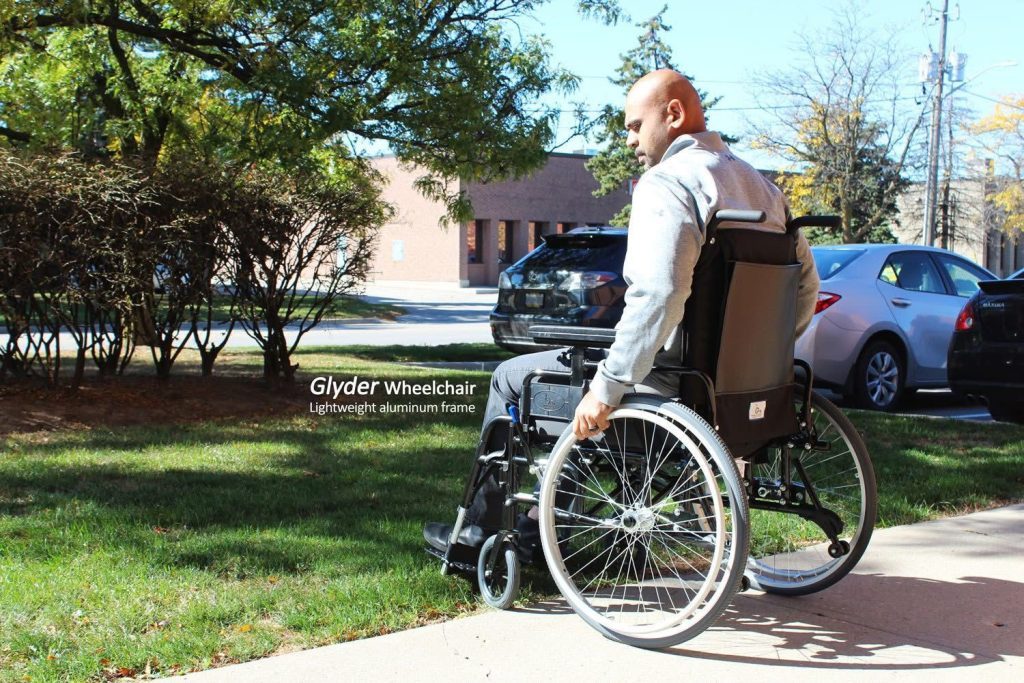
When we think about wheelchair design, comfort might seem like a simple concept – but the reality is far more complex. True wheelchair comfort emerges from the intersection of biomechanics, materials science, and human physiology, creating an intricate balance that affects everything from daily pain levels to long-term health outcomes. At Power Plus Mobility, our research and development team dedicates countless hours to understanding and implementing the scientific principles that transform a basic mobility device into a comfortable, supportive extension of the human body.
The science of wheelchair ergonomics goes far beyond cushioned seats and padded armrests. It encompasses pressure distribution, postural alignment, circulation enhancement, and neurological comfort – all working together to ensure that extended wheelchair use enhances rather than compromises overall health and well-being. Understanding these principles empowers wheelchair users to make informed decisions about their equipment while helping them recognize when they need to upgrade their wheelchair to maintain optimal comfort and function.
The Biomechanics of Seated Posture and Spinal Health
Human bodies evolved for movement and varied positioning, making prolonged sitting inherently challenging for our musculoskeletal system. Wheelchair design must counteract the natural consequences of extended sitting while supporting the spine’s complex curvature and maintaining healthy postural alignment throughout daily activities.
The spine’s natural S-curve requires specific support to prevent the flattening and posterior tilting that occurs in poorly designed seating systems. Our research and development team focuses extensively on backrest contours that maintain lumbar lordosis while providing thoracic support that doesn’t restrict breathing or upper body movement. This attention to spinal biomechanics directly addresses one of the primary reasons clients choose our tilt wheelchairs – overcoming back pain through superior postural support.
Pelvic positioning forms the foundation of healthy seated posture, influencing everything from spinal alignment to circulation and digestive function. Seat depth, width, and angle must accommodate individual pelvic dimensions while promoting neutral positioning that prevents posterior pelvic tilting and its cascade of postural complications. Choosing the right wheelchair requires understanding how these biomechanical principles apply to your specific body dimensions and postural needs.
The relationship between hip, knee, and ankle positioning affects circulation, joint health, and overall comfort during extended sitting periods. Proper footrest positioning and angle adjustments ensure that lower extremity positioning supports rather than compromises circulation while preventing contractures and maintaining joint flexibility.
Pressure Distribution Science and Skin Integrity
Pressure-related skin damage represents one of the most serious complications associated with wheelchair use, making pressure distribution a critical component of wheelchair comfort science. Understanding how body weight, seat materials, and positioning interact to create or prevent pressure concentrations informs every aspect of wheelchair seating design.
Pressure mapping technology reveals how different seating surfaces distribute body weight across contact areas, identifying potential pressure concentration points that could lead to skin breakdown. Our manufacturing process incorporates this scientific understanding to create seating systems that minimize peak pressures while maintaining stability and comfort throughout daily activities.
The science of pressure relief extends beyond static positioning to include the dynamic pressure changes that occur during daily activities. Transfer movements, reaching activities, and postural adjustments all create pressure variations that wheelchair seating must accommodate without creating harmful pressure concentrations or compromising stability.
Material science plays a crucial role in pressure distribution, with different foam densities, gel systems, and air-filled technologies each offering unique advantages for specific user needs and activity patterns. Proper wheelchair maintenance becomes particularly important for pressure-relieving seating systems, as material degradation can compromise pressure distribution effectiveness and increase injury risk.
Circulation Enhancement Through Design Innovation
Prolonged sitting significantly impacts circulation, particularly in the lower extremities where venous return must work against gravity while potentially compromised by pressure on blood vessels. Wheelchair comfort science addresses circulation through multiple design elements that promote blood flow while preventing the pooling and swelling that can compromise both comfort and health.
Seat angle and edge design influence thigh blood vessel compression, with even small modifications in seat slope and front edge contour significantly impacting circulation outcomes. Our research has identified optimal angles that promote venous return while maintaining stability and preventing forward sliding that could compromise positioning or safety.
The integration of tilt-in-space technology provides circulation benefits that extend far beyond pressure relief. Regular position changes facilitated by tilt systems promote circulation throughout the body while preventing the muscle pump stagnation that contributes to circulatory complications in wheelchair users.
Temperature regulation affects circulation and overall comfort, particularly in materials that come into direct contact with the body. Breathable fabrics, ventilation systems, and moisture-wicking properties help maintain comfortable skin temperature while preventing the moisture accumulation that can compromise both comfort and skin integrity.
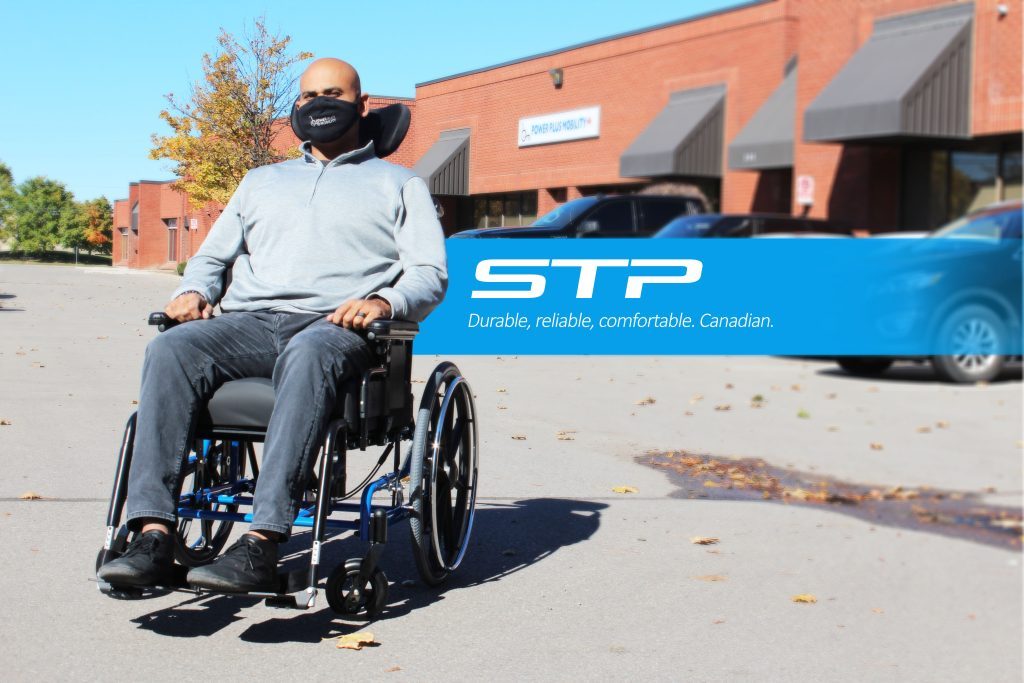
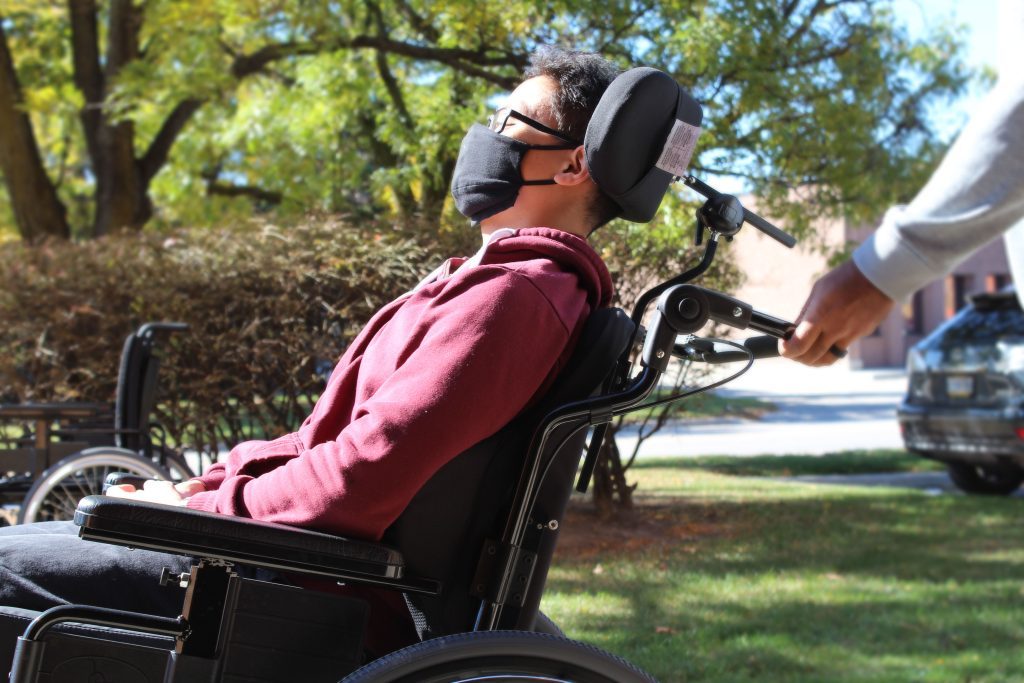
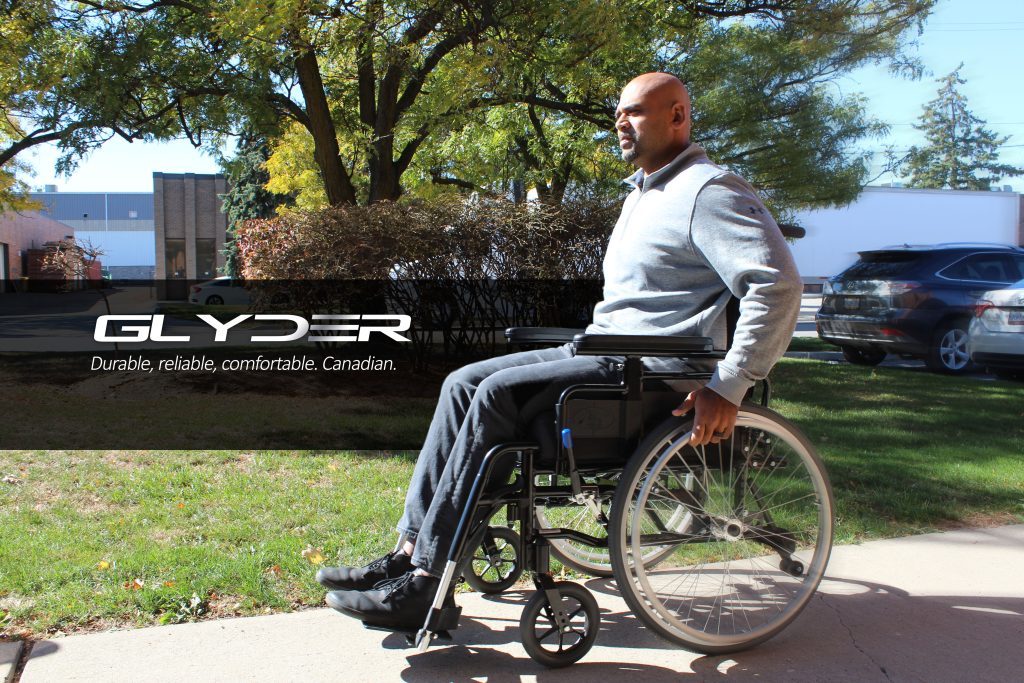
Neurological Comfort and Sensory Considerations
Wheelchair comfort extends beyond mechanical and physiological factors to include neurological considerations that affect pain perception, sensory comfort, and overall well-being. Understanding how seating systems interact with nervous system function informs design decisions that enhance comfort while preventing complications associated with altered sensation or neurological conditions.
Vibration dampening becomes crucial for wheelchair users who may have altered pain perception or increased sensitivity to mechanical stimuli. Our wheelchairs incorporate vibration-absorbing materials and designs that minimize the transmission of road surface irregularities while maintaining the structural integrity necessary for safe operation.
Sensory feedback from seating surfaces affects both comfort and functional performance, with tactile inputs influencing postural awareness and adjustment behaviors. Seating materials and textures must provide appropriate sensory input without creating irritation or pressure concentrations that could compromise skin integrity.
Temperature sensitivity varies significantly among wheelchair users, particularly those with neurological conditions that affect thermal regulation or sensation. Our material selections and design features accommodate these variations while preventing the temperature extremes that can compromise comfort or create safety risks.
The Psychology of Comfort and “Welcome Home” Philosophy
Comfort encompasses psychological and emotional elements that extend beyond physical parameters to include feelings of security, control, and personal identity. Our “Welcome home!” philosophy recognizes that true wheelchair comfort emerges when the equipment feels like a natural extension of the user rather than a medical device they must endure.
Color psychology, aesthetic design, and personalization options contribute to the sense of ownership and comfort that enhances overall satisfaction with wheelchair use. Essential tips for enhancing mobility and independence often include recommendations for personalizing equipment to enhance psychological comfort and user satisfaction.
Control and adjustability provide psychological benefits that complement physical comfort improvements. When users can modify their seating position, adjust support levels, or customize their wheelchair configuration, they maintain the sense of control that contributes significantly to overall comfort and life satisfaction.
The familiar becomes comfortable through consistent, predictable performance that allows users to trust their equipment completely. Our quality control processes ensure that every wheelchair provides reliable, consistent performance that builds user confidence and contributes to long-term comfort and satisfaction.
Materials Science and Advanced Comfort Technologies
Modern wheelchair comfort relies heavily on advanced materials that provide superior performance while maintaining durability under demanding use conditions. Our research and development team continuously evaluates new materials and technologies that can enhance comfort while meeting the stringent durability requirements of daily wheelchair use.
Memory foam technologies provide pressure distribution benefits while adapting to individual body contours, but must be carefully engineered to prevent excessive heat retention or loss of support over time. Our material selections balance these competing requirements to provide optimal comfort without compromising long-term performance.
Gel technologies offer unique pressure distribution characteristics but require careful integration with other seating components to prevent gel migration or component separation that could compromise comfort or safety. Understanding these material interactions informs our seating system designs and helps users maintain optimal performance over extended periods.
Breathable materials and moisture management systems address the comfort challenges associated with prolonged skin contact with seating surfaces. These technologies become particularly important for users who spend extended periods in their wheelchairs or live in climates where temperature and humidity create additional comfort challenges.
Climate Considerations for Canadian Wheelchair Users
Canadian climate conditions create unique comfort challenges that require specialized design considerations and material selections. Temperature variations, humidity fluctuations, and seasonal changes all impact wheelchair comfort in ways that may not be apparent in other climates.
Cold weather effects on materials, user comfort, and equipment performance require design solutions that maintain comfort and function across Canada’s diverse climate zones. Proper cleaning protocols become particularly important during Canadian winters when salt, moisture, and temperature fluctuations can affect both comfort and equipment longevity.
Indoor air quality during Canadian winters affects respiratory comfort and overall well-being for wheelchair users who may spend increased time indoors during harsh weather periods. Wheelchair materials and design features must accommodate these environmental factors while maintaining optimal comfort and health outcomes.
Measuring and Evaluating Wheelchair Comfort
Objective comfort assessment requires multiple measurement approaches that evaluate both immediate comfort responses and long-term comfort outcomes. Pressure mapping, postural analysis, and user feedback protocols help ensure that wheelchair comfort meets both scientific standards and individual user preferences.
Regular comfort assessments help identify when adjustments or modifications might enhance comfort outcomes, particularly as user needs evolve over time. Understanding when repairs might be needed includes recognizing comfort changes that might indicate equipment issues or the need for professional reassessment.
Long-term comfort tracking helps users and healthcare providers identify patterns that might indicate the need for equipment modifications, replacement, or additional interventions that could enhance comfort outcomes and prevent complications.
The Future of Wheelchair Comfort Science
Emerging technologies in materials science, biomechanics research, and user interface design continue to advance wheelchair comfort capabilities. Our research and development team stays current with these developments to ensure that our wheelchairs incorporate the latest comfort innovations while maintaining the reliability and durability that Canadian users demand.
Smart materials that adapt to user needs, advanced pressure monitoring systems, and personalized comfort optimization technologies represent the future of wheelchair comfort science. These developments promise even better comfort outcomes while maintaining the user-friendly operation that makes advanced wheelchair technology accessible to all users.
The Art and Science of True Wheelchair Comfort
Wheelchair comfort emerges from the careful integration of scientific principles, advanced materials, and deep understanding of human needs and preferences. At Power Plus Mobility, our commitment to comfort science ensures that every wheelchair provides the biomechanical support, pressure distribution, circulation enhancement, and psychological comfort that transforms daily mobility from an endurance test into a comfortable, confident experience.
Our Canadian research and development capabilities, combined with our commitment to quality and user satisfaction, create wheelchairs that truly embody our “Welcome home!” philosophy. When comfort science meets Canadian craftsmanship, the result is mobility equipment that enhances rather than limits daily life.
To visit our social media, please click on Facebook and Instagram



